My assignment for a school project on Circuit Theory, is to construct a Band Pass Filter at least 3rd order with a stop band around 20kHz.
First things first, I need to design the circuit. I have to use a 741 op amp but after I searched a ton of stuff on the internet, I didn't find any implementation that qualifies these meets. Could a combination, of a 3rd order Low Pass Filter and a 3rd order High Pass Filter, give me a 6th order Band Pass Filter?
I also checked Analog Filter Wizard, and after I inserted the desirable settings, it gave me the circuit with all the components but 741 op amp isn't available. What direction should I follow?
Thanks in advance.
